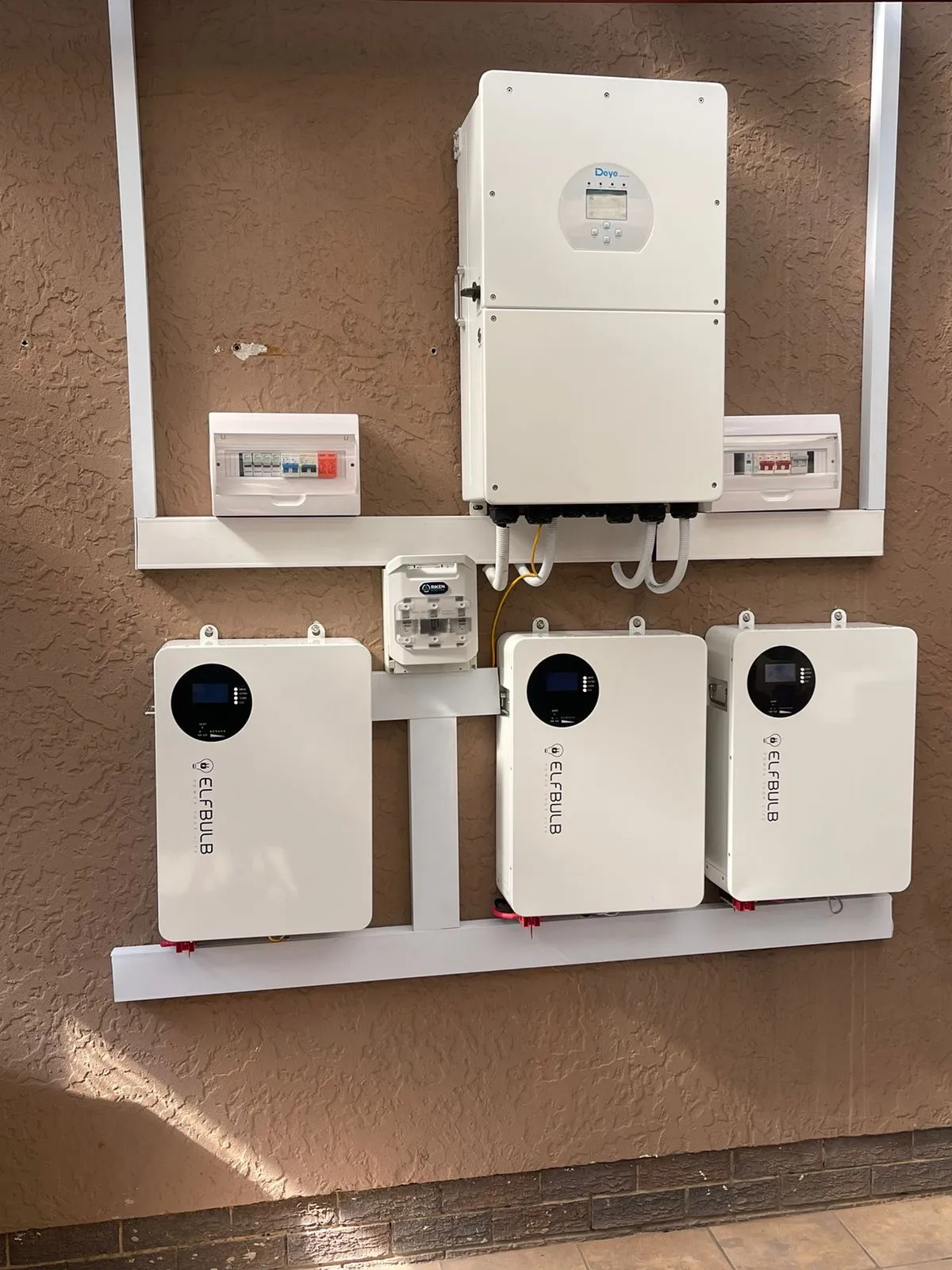Forklifts and cars may seem worlds apart, but they share one essential component: the battery. However, don’t be fooled—forklift batteries and car batteries are not the same. In this comprehensive guide, we’ll delve into the unique characteristics of each type, helping you make informed decisions for your specific needs.
1. Forklift Batteries: The Workhorses of Material Handling
Types of Forklift Batteries
- Lithium-Ion Batteries:
- Advantages:
- Low maintenance: Lithium-ion batteries require minimal upkeep, making them ideal for busy operations.
- Lightweight: These batteries are significantly lighter than their counterparts.
- Quick charging: Faster charging times enhance forklift productivity.
- Improved safety: Lithium-ion batteries pose fewer risks to workers.
- Considerations:
- Higher cost: While more expensive upfront, their benefits justify the investment.
- Specific safety guidelines: Follow proper handling practices to prevent accidents.
- Application: Lithium-ion batteries excel in efficiency and safety, making them suitable for various forklift types.
- Advantages:
- Lead-Acid Batteries:
- Common Usage: Lead-acid batteries dominate the forklift market.
- Maintenance: Regular maintenance is crucial. These batteries contain sulfuric acid and water, which can leak if the case cracks.
- Charging: Proper charging schedules and temperature control are essential.
- Pros:
- Proven technology
- Cost-effective
- Suitable for most forklifts
- Cons:
- Water loss
- Frequent maintenance
- Environmental concerns
- Application: Lead-acid batteries power a wide range of forklifts.
2. Car Batteries: Starting Power and Short Bursts
Car batteries serve a different purpose—they provide the initial jolt needed to start the engine. Here’s how they differ from forklift batteries:
- Design:
- Forklift Batteries: Tubular plates composed of porous tubes filled with active materials. These plates ensure longevity.
- Car Batteries: Typically use lead-calcium alloy grids with paste-type negative plates. They prioritize quick bursts of power.
- Usage:
- Forklift Batteries: Long-term, high-current discharge for continuous operation during material handling.
- Car Batteries: Short, intense bursts for ignition and starting.
- Maintenance:
- Forklift Batteries: Require regular attention, including water levels and cleanliness.
- Car Batteries: Low maintenance, sealed structure, and minimal water evaporation.
- Price:
- Car Batteries: More affordable than forklift batteries due to their widespread use.
- Forklift Batteries: Higher upfront cost but long-term benefits.
3. Making the Right Choice
When choosing between forklift and car batteries, consider:
- Size and Weight: Match the battery to your equipment.
- Energy Efficiency: Lithium-ion batteries excel here.
- Lifespan and Maintenance: Lead-acid batteries require care.
- Compatibility: Ensure compatibility with your forklift and charging equipment.
In summary, while both forklift and car batteries play critical roles, understanding their differences ensures optimal performance and longevity. So, next time you power up your forklift or start your car, appreciate the unique strengths of each battery type! 🚗🔋🏭











